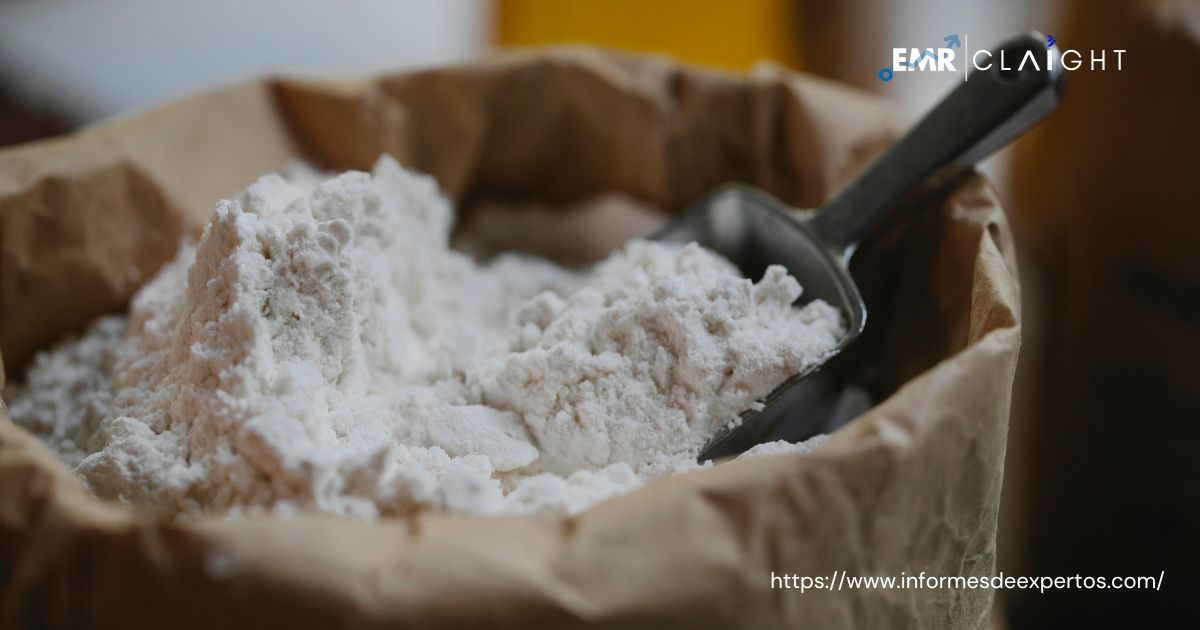
The flour market, anticipated to reach a value of USD 275 billion in 2023, is poised for steady growth with an estimated compound annual growth rate (CAGR) of 4.8% from 2024 to 2032. By 2032, the market is projected to expand significantly, achieving a value of USD 419.35 billion. This article explores the factors driving the growth of the flour industry, market dynamics, technological advancements, and the diverse applications that contribute to its global demand.
Market Dynamics and Growth Drivers
Essential Ingredient in Food Production
Flour serves as a fundamental ingredient in the food industry, essential for the production of various staple foods such as bread, pasta, cakes, biscuits, and noodles. The market’s growth is underpinned by increasing global population, urbanization trends, and rising consumer demand for convenient and affordable food products. Flour’s versatility and essential role in culinary applications across households, bakeries, restaurants, and food processing industries drive consistent demand and market expansion.
Dietary Shifts and Health Consciousness
Changing dietary patterns and increasing health consciousness influence flour consumption trends, shaping market dynamics. Consumer preferences for whole grain and gluten-free flours reflect heightened awareness of nutritional benefits, including fiber content, vitamins, and minerals. Innovations in milling techniques and flour processing technologies cater to diverse dietary preferences, offering healthier alternatives and functional flour varieties that support weight management, digestive health, and overall well-being.
Technological Advancements and Product Innovation
Flour Milling Innovations
Advancements in flour milling technology enhance production efficiency, product consistency, and nutritional quality. Modern milling processes, such as roller milling and automated flour blending systems, optimize flour particle size distribution and enhance flour’s baking performance. Quality assurance measures, including flour fortification with vitamins and micronutrients, meet regulatory standards and consumer demand for enriched flour products that contribute to balanced diets and nutritional adequacy.
Specialty and Functional Flours
The market for specialty and functional flours continues to expand, driven by consumer preferences for specialized baking ingredients and value-added flour formulations. Gluten-free flours, almond flour, chickpea flour, and ancient grain flours cater to gluten-sensitive individuals, dietary restrictions, and culinary innovation in gluten-free baking. Functional flours fortified with protein, fiber, and antioxidants appeal to health-conscious consumers seeking nutrient-dense food options that promote satiety and metabolic health.
Market Challenges and Opportunities
Sustainability and Supply Chain Resilience
Ensuring sustainable flour production practices, including responsible sourcing of raw materials and efficient water management, is critical for mitigating environmental impact and maintaining market sustainability. Challenges such as climate change, fluctuating grain prices, and supply chain disruptions underscore the importance of resilience and adaptive strategies in flour production and distribution. Investments in sustainable agriculture, energy-efficient milling technologies, and waste reduction initiatives support industry-wide efforts towards environmental stewardship and resource conservation.
Market Expansion and Global Trade Dynamics
Globalization and international trade play a pivotal role in shaping the flour market landscape, with major producing countries like the United States, China, India, and European nations contributing to global supply chains and market competitiveness. Strategic alliances, trade agreements, and market diversification strategies facilitate market access and brand expansion in emerging economies experiencing economic growth, urbanization, and increasing per capita consumption of processed foods.
Future Outlook and Strategic Imperatives
The future outlook for the global flour market is characterized by innovation, sustainability, and resilience in response to evolving consumer preferences and market dynamics. Industry stakeholders must prioritize investment in research and development, technological innovation, and regulatory compliance to capitalize on growth opportunities and navigate challenges effectively. By embracing digital transformation, sustainability initiatives, and consumer-centric strategies, brands can enhance market competitiveness, foster industry collaboration, and shape the future of the global flour market towards sustainable growth and nutritional excellence.